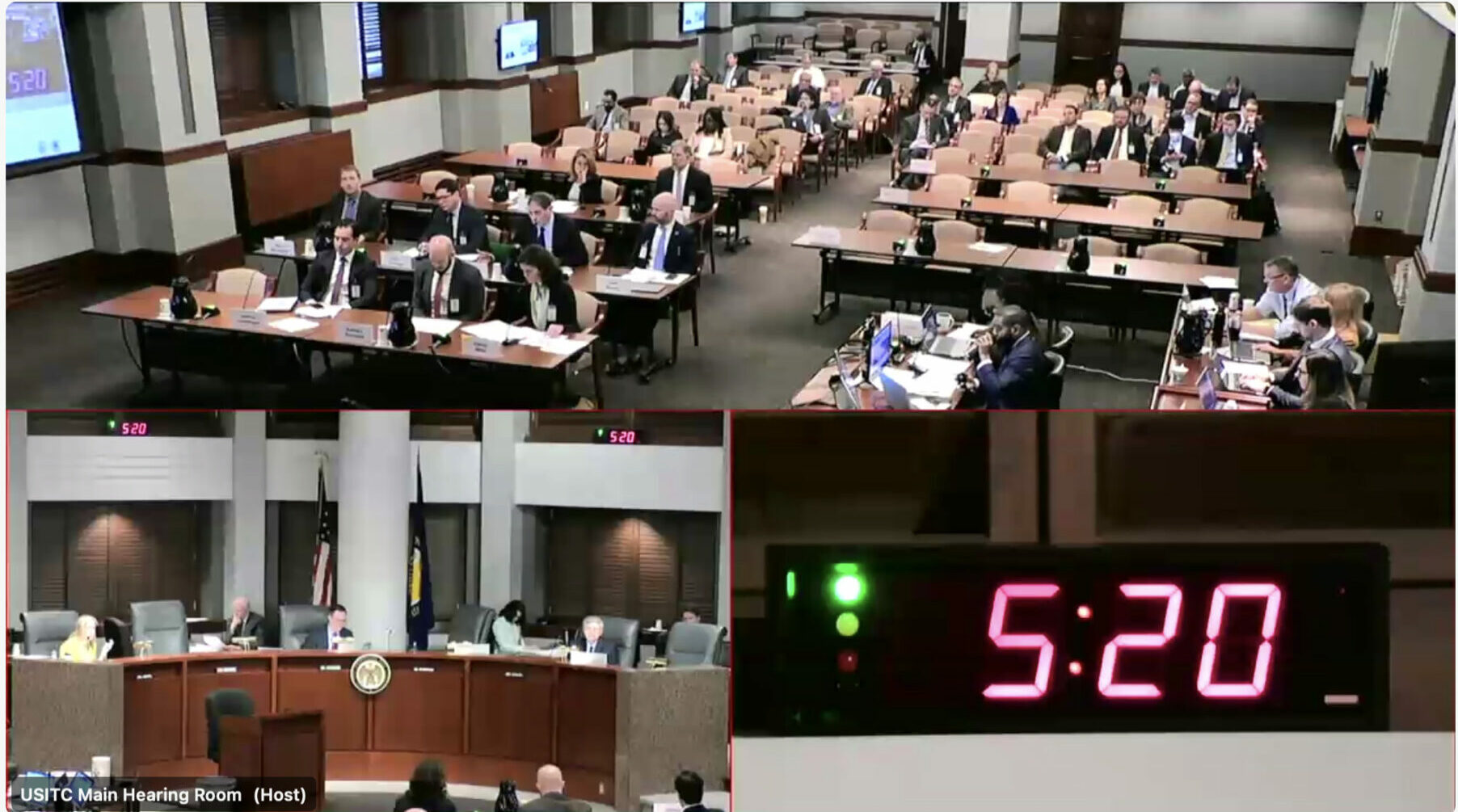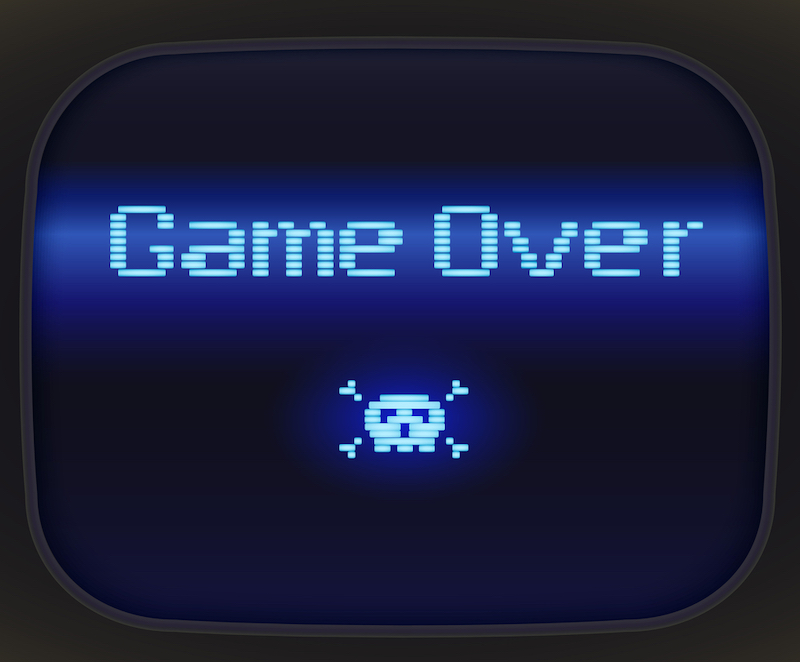Considering Your Audience for Cease-and-Desist Letters | Kohrman Jackson & Krantz LLP
So, you’ve identified a party infringing on your brand’s intellectual property rights, and in response, you issue a cease-and-desist letter to the infringer. What you say in that letter is just as important as how you say it. Today, more and more recipients of cease-and-desist communications are publicizing the letters, which can have consequences for the sender.
Cease-and-Desists May be Publicized
Take, for example, the Sporting Kansas City and River City Ramble (fka Soccer Capitol Podcast) kerfuffle. There, KTP, LLC, an affiliate of the Major League Soccer (MLS) club Sporting Kansas City, sent a cease-and-desist correspondence to the hosts of the formerly-named Soccer Capitol Podcast, a fan-run podcast that discusses rival MLS club St. Louis City SC. KTP, LLC demanded that River City Ramble (fka Soccer Capitol Podcast) stop using the term “Soccer Capitol” as Kansas Training Partners, LLC is the registered trademark owner of “The Soccer Capital of America.” Meanwhile, fans of St. Louis City SC claim that St. Louis is the soccer capital of America not Kansas City.
While Sporting Kansas City may have accomplished its goal of stopping the use of “Soccer Capitol,” in doing so, it brought media coverage to the dispute and likely provided more publicity to the River City Ramble (fka Soccer Capitol Podcast). If Sporting Kansas City would have foreseen the potential fallout from its cease-and-desist, it would have certainly worded the correspondence more effectively.
Identify the Infringer
To avoid a Sporting-Kansas-City-like scenario, you should consider your audience when writing a cease-and-desist letter. First, determine who is the infringer. For example, is it a competing or rival business or is it an individual using your trademark in a blog? When doing so, verify the email and physical addresses of the infringer as it is better to send the communication via multiple methods to ensure that the infringer receives the cease-and-desist.
Determine the Context
Next, determine the context that the infringer is using your intellectual property. In the above, River City Ramble (fka Soccer Capitol Podcast) was hosted by unpaid fans of not only the rival soccer club, but MLS soccer. Is your infringer cross promoting your cause? Or is your infringer using your intellectual property to make a profit at your expense? One context begets a sterner approach and the other more tender.
Consider the Likelihood of Publication
Last, consider the likelihood that the recipient of the cease-and-desist publicizes the communication and the potential reach. Some infringers are less likely to shy away from publicizing the infringement and others have a dedicated following. To assist in gauging the likelihood, review the infringer’s web presence, including social media and dedicated websites.
Drafting a Cease-And-Desist Letter
Beyond putting the recipient of a cease-and-desist on notice of your intellectual property, demanding that the infringement immediately stop, and threatening legal action, cease-and-desists should consider the recipient and if any publicity or fallout may occur.






